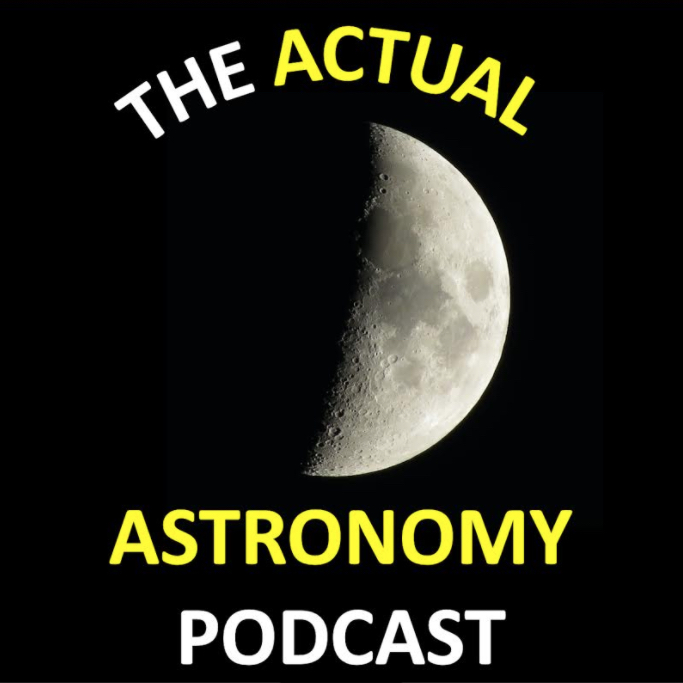Today’s Travelers in the night discuss about Hannes Groeller discovered his first comet: P/2019 B2 (Groeller) & also about DART


Today’s Travelers in the night discuss about Hannes Groeller discovered his first comet: P/2019 B2 (Groeller) & also about DART

Rose Matheny is at it again! This time she’s discovered 4 close approaching asteroids. And the story about seasons as the drivers of where you are from and where you live

Astronomers working with the ATLAS project reported that the perviously normally appearing asteroid 6478 Gault now has a 250,000 mile long straight tail!

Today’s Travelers in the Night will tell stories about the discovery of more than 1,000 Earth approaching asteroids in a single year and extremely remote chance of dangerous mountain sized space rock

Today’s Travelers in the NIght will tell a story about the discovery of Earth approaching asteroid which indicated as a rock being ejected from the Moon by the impact of an asteroid or comet long ago. Also about Comet C/2018 V4 Africano’s last visit to the inner solar system


Today’s Travelers in the Night discuss about asteroid discoveries by Rose Matheny & a break up comet from a far

This month’s @ActualAstronomy observer calendar talk about Asteroids, Lunar X and Straight wall plus Alister’s Anomalous Moon For June.


Today Travelers in the Night tell a story about the discovery of P/2018 VN2 (Leonard), a Jupiter family comet whose fate is to become a garden variety main belt asteroid and Comet Lemmon